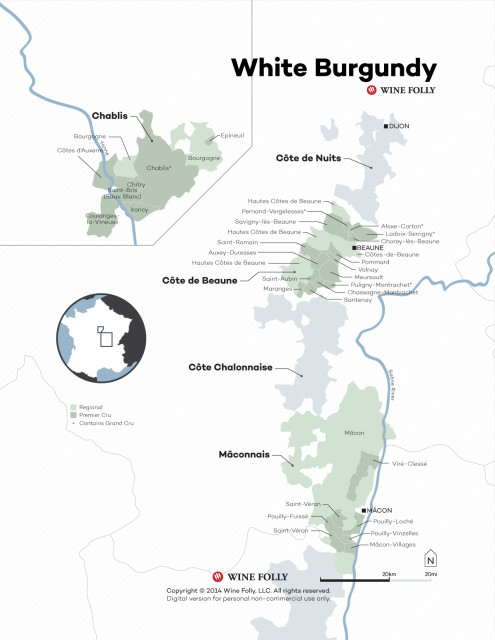My family are tired of hearing me say any variation on the expression “the past is a foreign country”, but I ring the changes on that phrase because it at least frames some of the problem we have in trying to comprehend just how much life has changed even within living memory, never mind more than a couple of generations ago. At the Cato Institute, Megan McArdle tries to avoid saying exactly those words, but the sense is still very much the same:
The generation that fought the Civil War paid an incredible price: one in four soldiers never returned home, and one in thirteen of those who did were missing one or more limbs. Were they better off than their parents’ generation? What about the generation that lived through the Great Depression, many of whom graduated into World War II? Does a new refrigerator and a Chevrolet in the driveway make up for decades and lives lost to the march of history? Or for the rapid increase in crime and civic disorder that marked the postwar boom? Then again, what about African Americans, who saw massive improvements in both their personal liberty and their personal income?
We should never pooh-pooh economic progress. As P.J. O’Rourke once remarked, I have one word for people who think that we live in a degenerate era fallen from a blessed past full of bounty and ease, and that word is “dentistry.” On the other hand, we should not reduce standard of living to (appropriately inflation adjusted) GDP numbers either. Living standards are complicated, and the tools we have to measure what is happening to them are almost absurdly crude. I certainly won’t achieve a satisfying measure in this brief essay. But we can, I think, begin to sketch the major ways in which things are better and worse for this generation. Hopefully we can also zero in on what makes the current era feel so deprived, and our distribution of income so worrisome.
My grandfather worked as a grocery boy until he was 26 years old. He married my grandmother on Thanksgiving because that was the only day he could get off. Their honeymoon consisted of a weekend visiting relatives , during which they shared their nuptial bed with their host’s toddler. They came home to a room in his parents’ house—for which they paid monthly rent. Every time I hear that marriage is collapsing because the economy is so bad, I think of their story.
By the standards of today, my grandparents were living in wrenching poverty. Some of this, of course, involves technologies that didn’t exist—as a young couple in the 1930s my grandparents had less access to health care than the most neglected homeless person in modern America, simply because most of the treatments we now have had not yet been invented. That is not the whole story, however. Many of the things we now have already existed; my grandparents simply couldn’t afford them. With some exceptions, such as microwave ovens and computers, most of the modern miracles that transformed 20th century domestic life already existed in some form by 1939. But they were out of the financial reach of most people.
If America today discovered a young couple where the husband had to drop out of high school to help his father clean tons of unsold, rotted produce out of their farm’s silos, and now worked a low-wage, low-skilled job, was living in a single room with no central heating and a single bathroom to share for two families, who had no refrigerator and scrubbed their clothes by hand in a washtub, who had serious conversations in low voices over whether they should replace or mend torn clothes, who had to share a single elderly vehicle or make the eight-mile walk to town … that family would be the subject of a three-part Pulitzer prize winning series on Poverty in America.
But in their time and place, my grandparents were a boring bourgeois couple, struggling to make ends meet as everyone did, but never missing a meal or a Sunday at church. They were excited about the indoor plumbing and electricity which had just been installed on his parents’ farm, and they were not too young to marvel at their amazing good fortune in owning an automobile. In some sense they were incredibly deprived, but there are millions of people in America today who are incomparably better off materially, and yet whose lives strike us (and them) as somehow objectively more difficult.




